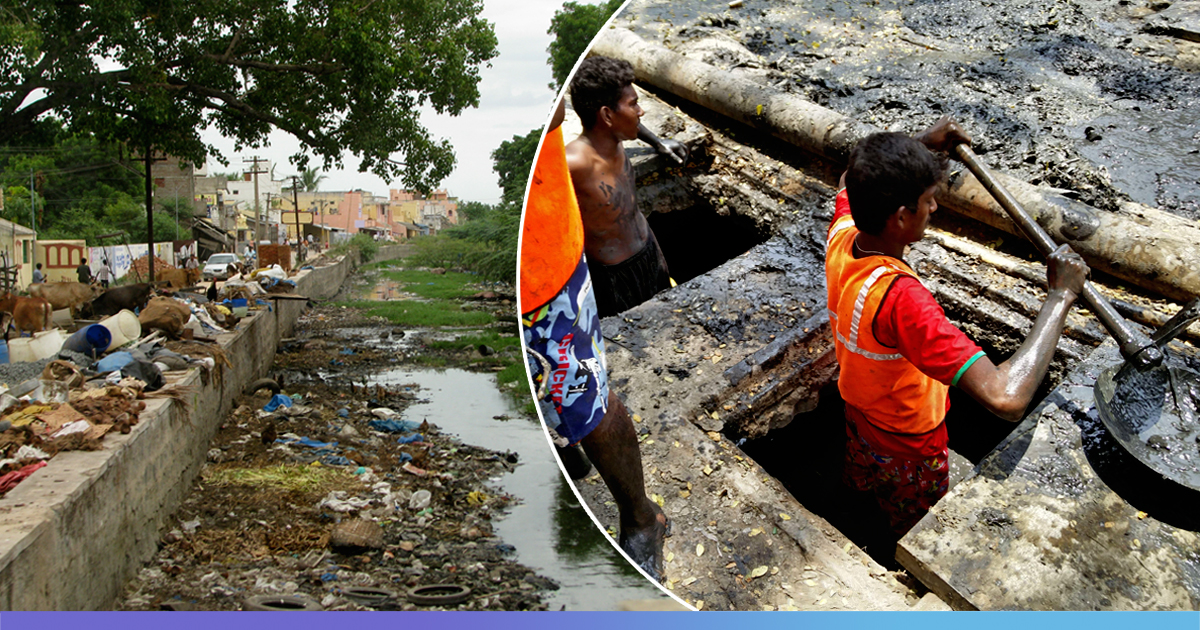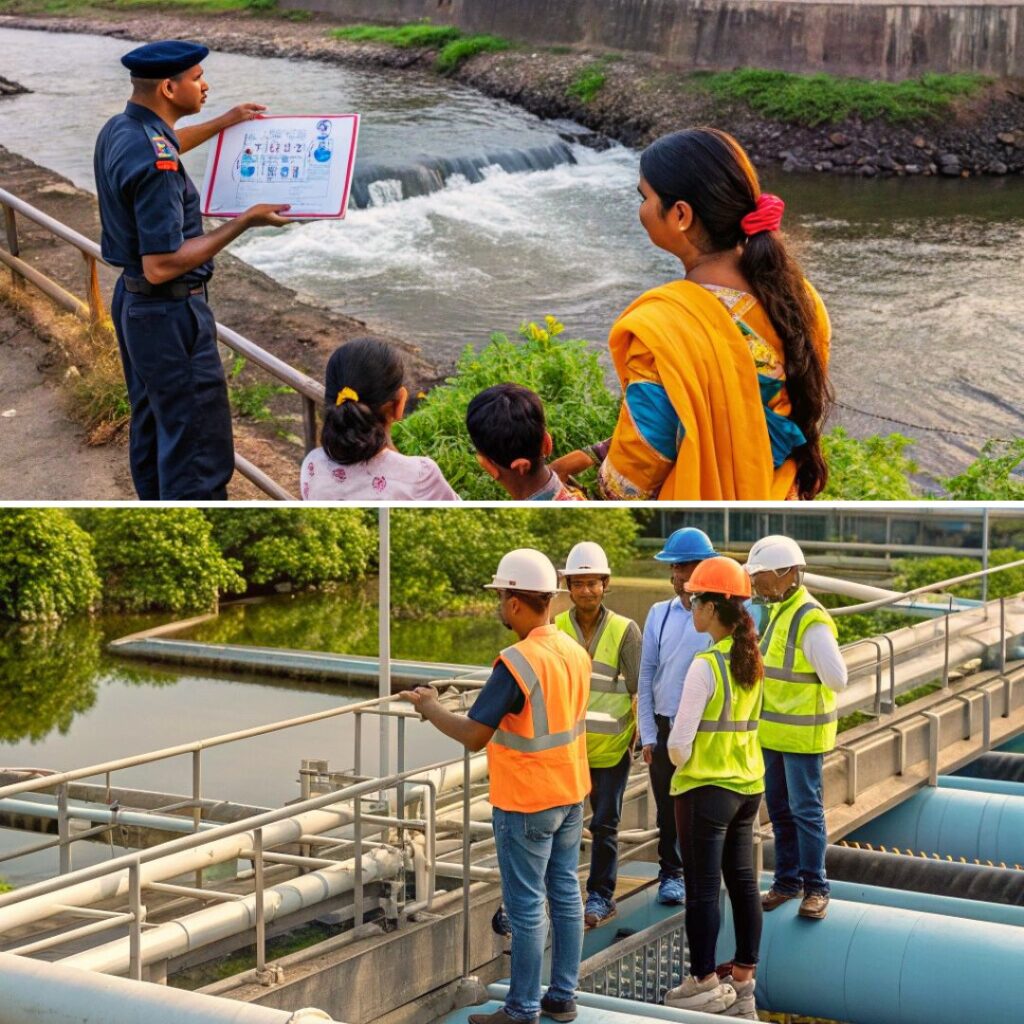The Delhi Jal Board (DJB) has approved setting up of the largest Sewage Treatment Plant (STP) at Okhla, which will be capable of treating 124 million gallons of wastewater per day. It will come up at a cost of Rs. 1,161 crore in three years.
India’s Largest STP
This plant will not just be the largest in India but one of the largest in the world, the DJB’s vice-chairman Dinesh Mohaniya has claimed. This new STP will be set up under the Yamuna Action Plan-III scheme.
The plant, which will treat the wastewater that goes directly into the Yamuna, will remove 41,200 kg organic pollutant load and 61,600 kg solid load per day. Suez Group’s Degremont has been awarded the work.
The STP will cater to around 40 lakh residents of Chandni Chowk, Kashmere Gate, Daryaganj, NDMC areas, Lodhi Colony, Nizamuddin, Okhla, Badarpur, Kalkaji, Malviya Nagar, Katwaria Sarai, Lajpat Nagar, Greater Kailash and South Delhi – from Munirka to Badarpur etc.
New WTP And Mini STPs To Be Set Up
Another 106-MGD Water Treatment Plant (WTP) is being set up at Chandrawal. It will help meet the demand for drinking water in the city.
Coming after a gap of 13 years, the new WTP will be constructed at a cost of Rs. 598 crore in three years.
“Delhi did not get any WTP since 2006. The Delhi Jal Board has approved setting up of Chandrawal Phase 2 which can treat 106 Million Gallons per Day (MGD),” NDTV quoted Mohaniya as saying.
Currently, 900 million gallons per day of drinking water is being supplied, and the capacity will be enhanced by more than 11 per cent due to the plant.
With water being available for the plant, the production will begin as soon as the construction is completed.
While the peak demand for drinking water in the city is 1,120 MGD, 900 MGD is currently being supplied on an average. The peak production happens to be around 935 MGD.
To ensure that the plant works uninterruptedly, Chandrawal Phase 2 will be equipped with the technology of ozonisation and activated carbon.
“It will be able to treat high ammonia content up to 4 ppm (parts per million) in the raw water. Earlier, the plant had to be shut down during presence of 1 ppm of ammonia in the raw water, resulting in disruption in water supply in its entire command area,” a DJB official said.
This will mitigate the problem of frequent stoppage of WTP due to ammonia discharge.
Construction of 14 mini STPs in the Najafgarh drainage zone has also been approved by the board. The board has also approved the laying of internal sewerage system in Somesh Vihar, Jhuljhuli and Dichaon Kalan group of colonies, which consist of 47 villages and 160 unauthorized colonies, with a population of about 8 lakh.
These mini STPs’ capacity will range between 2.5 and 25 million litres per day. 56 water bodies in the area will be recharged with the water treated from these plants.
Also Read: Punjab: NGT Imposes Rs 50 Crore Fine On State Government For Its Polluted Rivers











